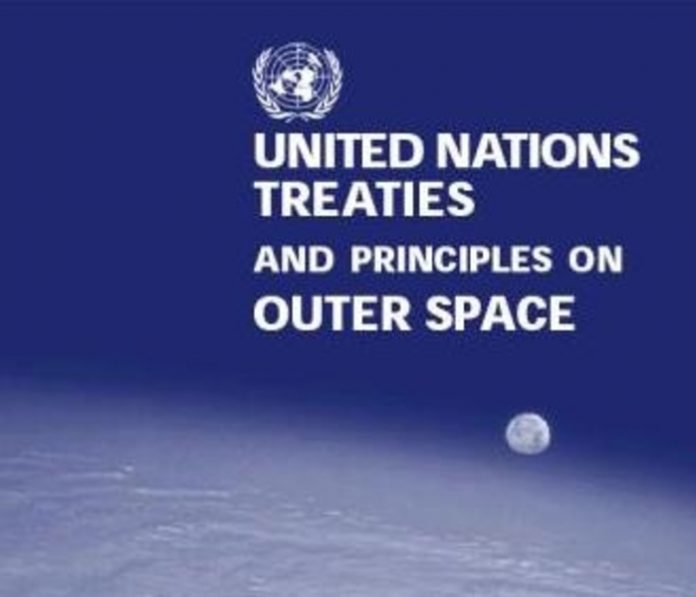
The treaty does not prohibit the deployment of military satellites and conventional weapons in Earth orbit.
The Outer Space Treaty, fully known as the Outer Space Treaty, was signed on January 27, 1967 by the Principles governing the activities of states in space exploration and use, including the moon and other celestial bodies. The impetus for the contract was the development of artificial satellites, which could potentially be armed with nuclear weapons. The treaty remains one of the cornerstones of international space law and one of the major legal achievements of the UN.
The basic principles of the contract are:
– space exploration will be conducted for the benefit of mankind and in the interest of all countries
– all states have the right to explore and exploit resources into space, and call for mutual cooperation in such ventures
– no state may include or occupy a part of the universe in its constitution
– States may not place nuclear weapons or other weapons of mass destruction in Earth’s orbit, in other celestial bodies, or in space
– The moon and other celestial bodies should not be used for military purposes, including weapons testing, military exercises, etc.
– astronauts are considered to be the deputies and representatives of humanity in space
– States are responsible for outer space activities, whether carried out by government or non-governmental organizations
– States are responsible for any damage caused by objects they place in space, but such objects remain under their legal authority and in their ownership
– States are required to avoid the contamination and pollution of space and celestial bodies
It is important to note that the treaty did not prohibit the placement of military satellites or conventional weapons in Earth’s orbit, and that many concepts, such as space, an object in space, a celestial body, etc., remained undefined. However, the treaty prohibited the deployment of military bases and the testing of weapons in Earth orbit. Many of the treaty principles were based on the 1959 Antarctic Treaty, which had a very similar goal: preventing the militarization of Antarctica and territorial claims on that continent.
The first countries to sign the treaty were the United States, the United Kingdom and the Soviet Union. The treaty came into force in October 1967 and has since been signed by more than 100 countries.




